Hello everyone, I am Li Liangli, you can call me the mother of side dishes. I am a master of nutrition from Fudan University, the first batch of registered nutritionists in the country, and also the mother of two children.
In our traditional concept, [eating fish to nourish the brain], to some extent, is really the case!
Today, the vegetable mother gave you a brief summary of 3 principles for fish selection to help you choose fish suitable for your baby.
The Reason for Eating Fish to Supplement Brain
Compared with pork, beef, chicken, duck and other poultry meat, fish does have a nutrient that is particularly prominent, that is Omega-3 polyunsaturated fatty acid, including DHA, which is well known to all.
DHA is an important component of the brain, accounting for 10% of the total fat content of the brain. Adequate DHA intake is beneficial to the brain development of infants and young children, and is conducive to the normal development of vision.

In addition to DHA, fish is also rich in high-quality protein, calcium, phosphorus, iodine and other minerals, vitamin D, vitamin B12 and so on.
Therefore, after the baby adds supplementary food, he can arrange to eat fish 2-3 times a week, each time eating about 50 g.
How to Choose Fish for Baby
We still have a few simple principles for picking fish for our baby. DHA content is high, mercury risk is low, and thorns are few and easy to handle.
1. DHA content
Usually, most of the marine fish with high DHA content are fat-rich marine fish, such as salmon (Atlantic salmon), which is known to us, which has one of the highest DHA contents. Eating about 60 g of salmon per week can meet the baby’s DHA requirements for a week (calculated at 100 mg per day).
Among other common fishes in life, DHA is rich in perch, hairtail, Longli fish, small yellow croaker, pomfret, etc. These fish can be arranged for babies to eat in turn, enriching the variety of ingredients.
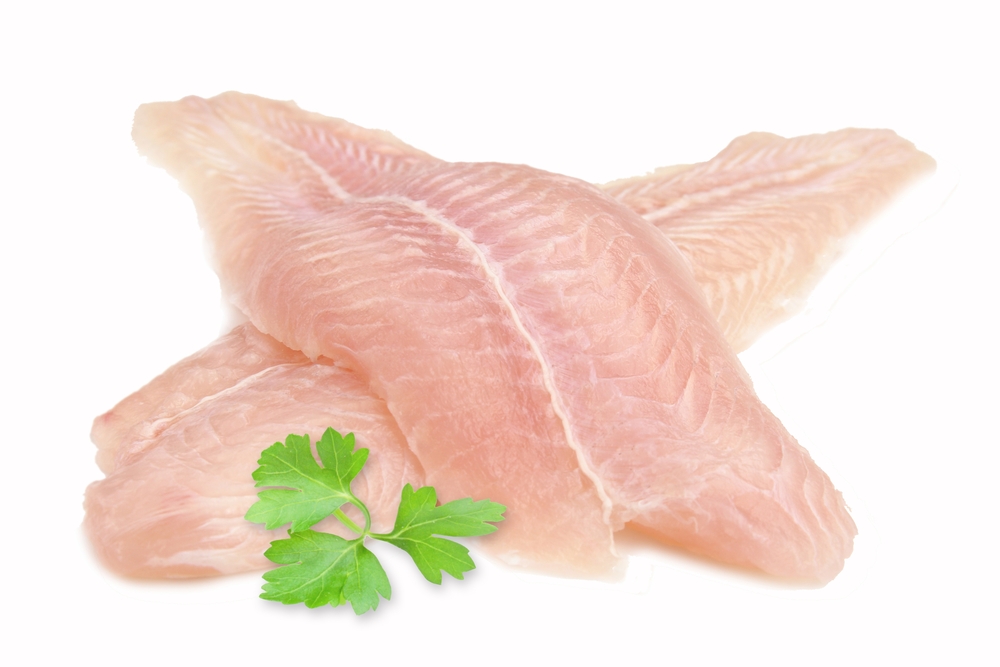
2. Avoid these mercury-rich fish
There will be more or less some mercury pollution in marine fish. In the biosphere where big fish eat small fish and small fish eat shrimps, marine fish at the top of the food chain are at greater risk of mercury pollution.
FDA and EPA have made it clear that for pregnant and lactating women (the same is true for children), fish with high mercury content should be avoided, including Scomberomorus niphonius, swordfish, sharks, marlin, orange spinach (thoracic spinach), square head fish (Gulf of Mexico) or large-eyed tuna (other kinds of tuna can be eaten).
In addition, when choosing fish for your baby, you should also try to choose small ones and avoid large carnivorous fish.
3. Less thorns, easy handling and good cooking.
Nutrition and safety are of course very important, but it is true that most mothers are easy to buy and handle.
We mentioned before that many freshwater fish can also be bought for children to eat, but the traditional grass carp, crucian carp, bighead carp, silver carp, etc. have a lot of meat residue, and sometimes adults have to be careful when eating them, lest the fish bones get stuck in their throats…… Therefore, for babies, fish with few thorns and easy handling are very important.
Salmon (Atlantic salmon), cod, flounder, perch, pomfret, tilapia and so on all belong to less prickles and easy to handle. Of course, shrimps, scallops and oysters are also rich in DHA content, which is safe and convenient to eat and can also be changed to eat.
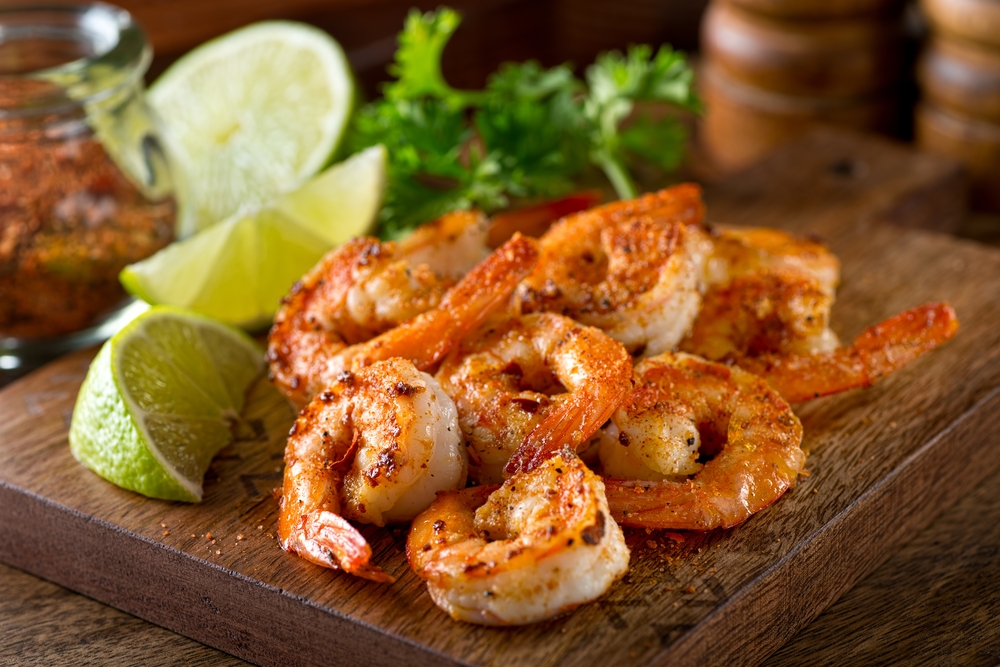
Can the net red baby eat the supplementary fish?
1. Cod
In fact, there are many kinds of cod, and the most common and easily confused ones are [silver cod] and [real cod].
- True cod
The common real cod is Atlantic cod, and other Pacific cod and Alaska pollock (which is the raw material of fish cake in KFC Cod Castle! ).
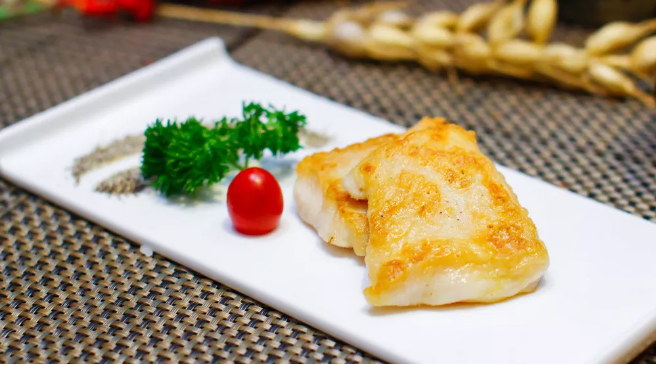
Advantages: Rich in high-quality protein, high protein, low fat, less thorns and more meat, high cost performance.
Disadvantages: The taste is relatively less tender, so it is often crushed and made into fish cakes or other forms to eat.
Note: It is slightly difficult to chew and can be added at the age of 8 ~ 10 months.
- Silver cod
Generally speaking, there are actually two kinds of [silver cod]: Alaskan black cod, also known as naked cod; Antarctic canine fish, also known as French silver.
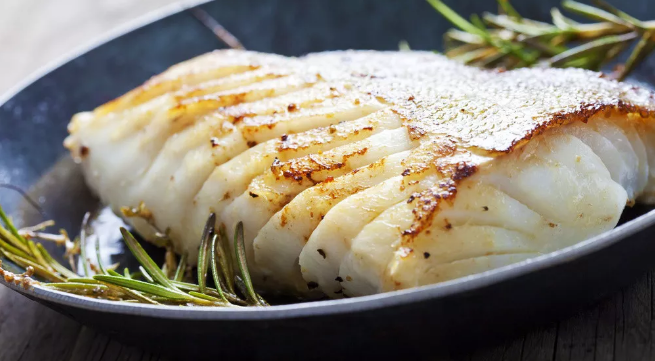
Strictly speaking, neither of them is a real cod. However, compared with real cod, [silver cod] has higher DHA and higher price because of its higher fat content.
Advantages: tender and smooth taste, convenient eating and high DHA content.
Disadvantages: Low output and high price, pay attention to distinguish oily fish (authentic silver cod is almost always vacuum packaged with brands).
Note: Due to the moderate mercury content in [silver cod], it is necessary to control the consumption. For children, eating no more than 50 g per week can not only provide rich DHA, but also ensure food safety. (Of course, I can’t afford to eat it every day …)
Step 2: Salmon
Salmon is rich in DHA content among fish. We usually buy artificially cultured Atlantic salmon, mainly produced in Chile, Britain, Norway and Denmark.
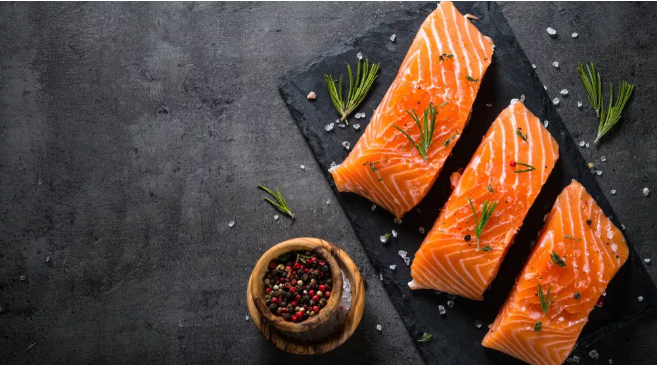
There is a problem to note, domestic cultured rainbow trout is often confused with salmon, the price of rainbow trout is far lower than salmon, and cannot be eaten raw. However, rainbow trout itself is also rich in DHA content, and it is actually an economical and nutritious fish choice to eat after cooking thoroughly.
Advantages: Safety, rich DHA content, no bone and no thorn.
Disadvantages: The price is relatively high and the purchase channels are relatively few. Attention should be paid to distinguishing rainbow trout.
Note: Although the risk of parasite contamination of salmon purchased through regular channels is small, it is still not recommended to give the baby raw salmon. Cooking thoroughly is the guarantee of food safety.
Therefore, chilled or frozen salmon needs to be cooked thoroughly for babies, so the difference is not big, while frozen salmon is relatively cheap, so the cost performance is higher.
In addition, it is no longer necessary to remove bones and pick thorns to buy salmon fish, which is more convenient than fish steak.
Prepare fish for your baby 2-3 times a week. The above mentioned fish can be replaced and eaten. Isn’t it super simple?
